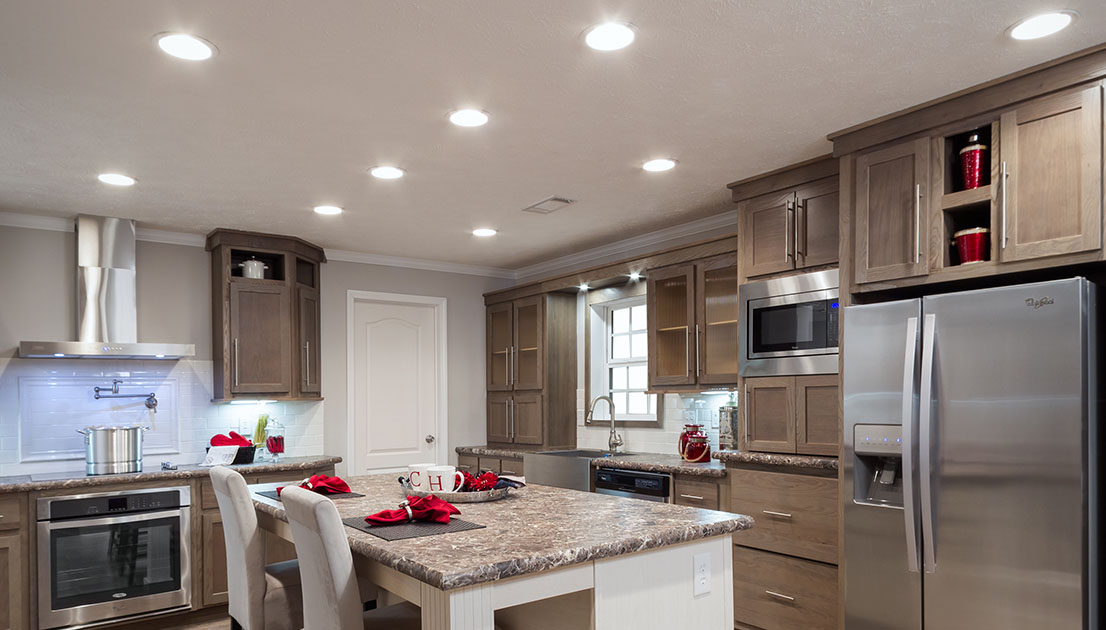Blitz News Digest
Stay updated with the latest trends and insights.
Illuminate Your Home and Your Mood
Transform your space and elevate your spirits! Discover simple lighting tips that brighten both your home and your mood.
10 Ways Lighting Can Transform Your Home and Mood
Lighting plays a crucial role in determining the ambience of your home and can significantly influence your mood. From soft, warm lighting that creates a cozy atmosphere to bright, vibrant lights that energize a space, the choices you make in your lighting fixture can easily transform your interiors. Consider incorporating dimmer switches and layered lighting techniques, which allow you to adjust the intensity and distribution of light to suit various activities and times of day.
Here are 10 ways lighting can transform your home and mood:
- Utilize natural light to enhance daytime energy.
- Incorporate task lighting for functional spaces like kitchens and offices.
- Adopt accent lighting to highlight artwork and architectural features.
- Choose warm LED bulbs for a welcoming environment.
- Experiment with colored lights to evoke different emotions.
- Install string lights for a whimsical touch.
- Use candles for relaxing evenings.
- Integrate wall sconces for an added layer of depth.
- Incorporate smart lighting systems to customize experience.
- Consider outdoor lighting to extend your living space and add security.

The Science Behind How Light Affects Your Emotions
The science behind how light affects your emotions is a fascinating area of study that explores the intricate relationship between our environment and psychological state. Research has shown that natural light exposure, particularly in the morning, plays a crucial role in regulating our circadian rhythms, which influence our sleep patterns and overall mood. Sunlight triggers the release of serotonin, a neurotransmitter that contributes to feelings of happiness and well-being. In contrast, prolonged exposure to darkness can lead to feelings of sadness or anxiety, highlighting the importance of light in maintaining emotional balance.
Moreover, artificial lighting also significantly impacts our emotions. The color temperature of light can evoke different feelings; for instance, warm yellow tones tend to create a cozy, relaxed atmosphere, while cool blue lights can be invigorating. Studies suggest that bright, well-lit environments enhance productivity and overall satisfaction, whereas dim or harsh lighting can lead to fatigue and irritability. Understanding these effects empowers individuals to create environments that positively influence their emotions and promote mental well-being.
Choosing the Right Lighting: Tips for Every Room in Your Home
Choosing the right lighting is essential for creating the perfect atmosphere in every room of your home. Start by considering the functionality of each space. For instance, kitchens benefit from bright, focused lighting to aid in meal preparation, while living rooms often require softer, ambient lighting for relaxation. Incorporating a mix of overhead fixtures, task lighting, and accent lights can help achieve the desired brightness and mood. Here are a few tips:
- Layer Your Lighting: Use ambient, task, and accent lighting.
- Consider Dimmers: Adjust light intensity to match your activities.
- Choose Energy-Efficient Bulbs: Opt for LEDs for longevity and cost savings.
In addition to functionality, the style of your lighting should enhance your home’s aesthetic. From modern fixtures to vintage lamps, your choices can reflect your personal taste. In bedrooms, soft, warm lighting creates a cozy retreat, while dramatic fixtures in dining areas can serve as conversation starters. Don't forget to consider natural light as well — keeping your windows unobstructed can make a space feel more open and inviting. For a complete lighting strategy:
- Assess the natural light in each room.
- Select fixtures that complement your existing decor.
- Mix finishes for a more curated look.